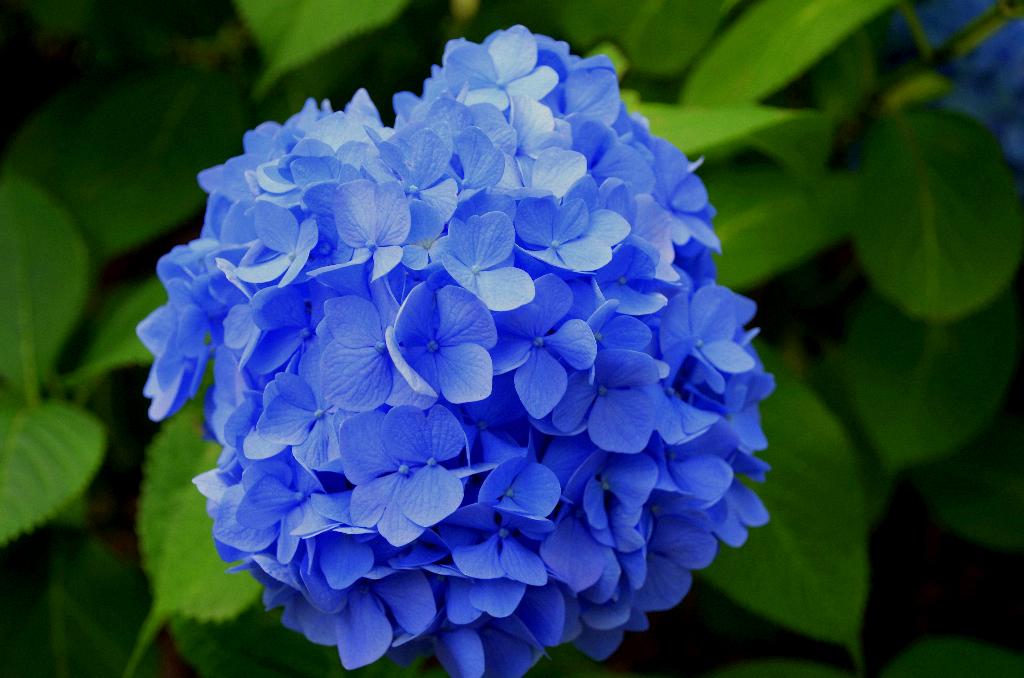Dividing hydrangea plants can be a rewarding and enjoyable task that allows you to propagate your favorite blooms and expand your garden. With the proper technique and care, you can successfully divide your hydrangeas to create new plants that will thrive in their new surroundings.
Prepare the Plants
Before you begin dividing your hydrangea plants, it’s important to prepare them for the process. This includes ensuring the plants are healthy and well-watered to minimize stress during the division. Make sure to choose a day when the weather is mild and there is no extreme heat or cold that could impact the plants’ ability to recover.
Choose the Right Time
The best time to divide hydrangea plants is during the early spring or fall when the plants are not actively growing. This will give the divided plants time to establish themselves before the onset of extreme weather conditions.
Divide the Rootball
When dividing hydrangea plants, it’s important to gently loosen the soil around the rootball to expose the roots. Using your hands or a sharp knife, carefully divide the rootball into sections, ensuring that each section has both roots and foliage to support new growth.
Plant the Divisions
Once you have divided the hydrangea plants, it’s time to plant the divisions in their new locations. Make sure to dig a hole that is large enough to accommodate the roots of the plant and backfill with soil, pressing firmly to remove any air pockets.
Water and Mulch
After planting the divisions, water them thoroughly to help them establish roots in their new environment. Adding a layer of mulch around the base of the plants will help retain moisture and insulate the roots from extreme temperatures.
Monitor Growth
Keep a close eye on the divided hydrangea plants as they adjust to their new surroundings. Regularly check the soil moisture and provide additional water if needed, especially during hot or dry periods.
Prune as Needed
While dividing hydrangea plants, you may need to trim back any damaged or overgrown foliage to promote new growth and maintain the shape of the plant. Pruning can also help reduce stress on the plant as it adjusts to its new location.
Provide Adequate Care
Proper care is essential for the success of divided hydrangea plants. Ensure they receive sufficient sunlight, water, and nutrients to encourage healthy growth and vibrant blooms. Regular fertilization can also help stimulate growth and flowering.
Protect from Pests and Diseases
Monitor the divided hydrangea plants for signs of pests or diseases and take prompt action to prevent infestations or infections. Applying organic or chemical treatments as needed can help protect the plants and ensure their long-term health.
Enjoy the Results
With proper care and attention, your divided hydrangea plants will thrive and bloom beautifully in their new locations. Sit back, relax, and enjoy the colorful display of flowers that you have worked hard to propagate and grow.

Share Your Success
Don’t forget to share your success and tips for dividing hydrangea plants with fellow gardening enthusiasts. Whether through social media, gardening forums, or local garden clubs, spreading your knowledge and experience can inspire others to try their hand at dividing and propagating these beloved plants.
